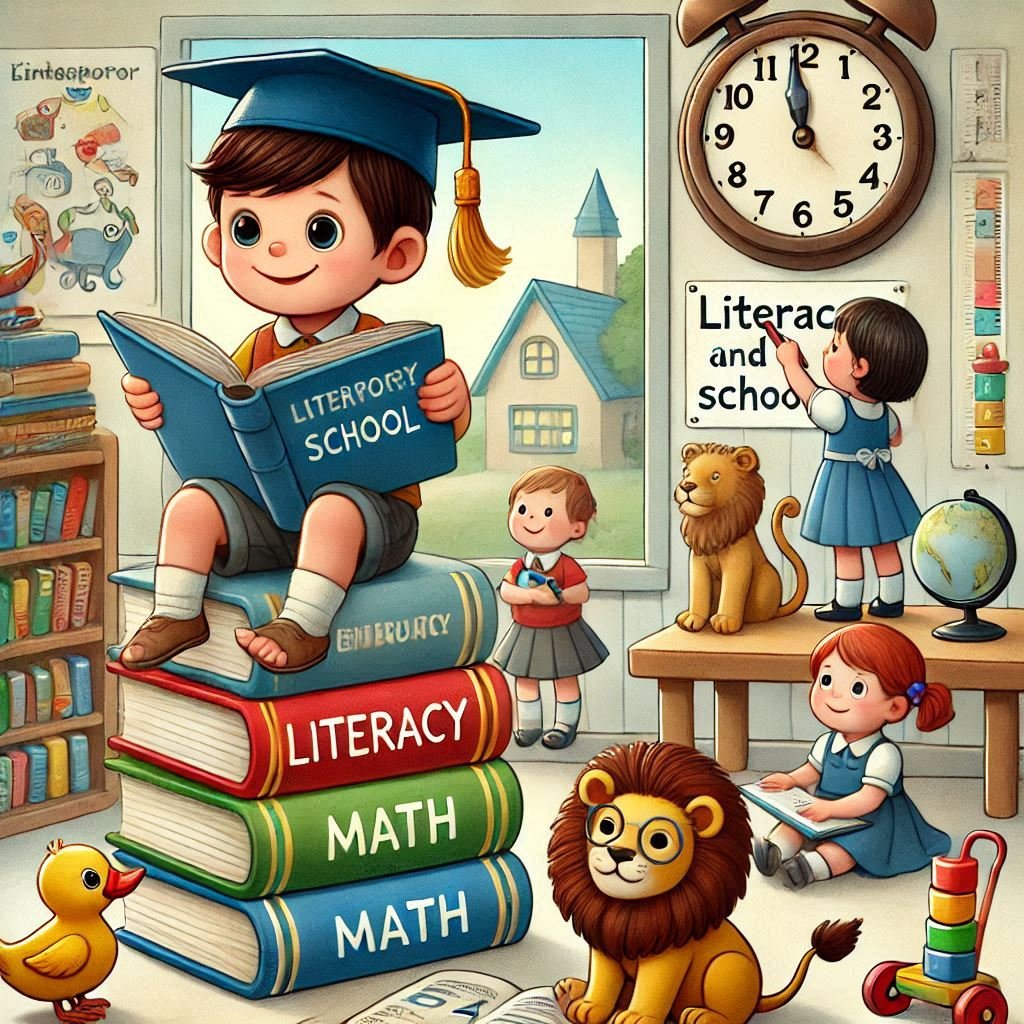Many boys face significant struggles in school compared to their female peers. They are more likely to receive lower grades, fewer academic awards, and less recognition for their efforts. Boys also tend to get into trouble more often, are placed in special education programs more frequently, and are more likely to repeat a grade. Their participation in higher education is also concerning, as fewer boys aspire to attend college, and those who do often drop out before completing their degrees. However, these issues are not tied to intelligence or socioeconomic background but seem to stem from a lack of engagement in school settings.
One key factor is the trend of introducing academic skills, particularly literacy, at younger ages. Over the last few decades, kindergarten has shifted toward a more academically driven model, where children as young as four or five are expected to meet challenging literacy and math benchmarks. Teachers now focus heavily on preparing students to read and follow structured lessons, requiring them to concentrate for longer periods, follow detailed instructions, and develop fine motor skills. These demands often clash with the developmental readiness of many boys, making it harder for them to thrive.
Parental involvement may also play a role in the early gaps between boys and girls. Research shows that parents are more likely to engage in activities like reading and teaching letters with their daughters than their sons. This early advantage helps girls perform better on cognitive tests by school age. Once in the classroom, teachers tend to rate boys lower in both academic and social skills, often placing them in lower reading groups. Furthermore, boys’ less compliant behavior often leads to lower grades, even when their test scores are comparable to those of girls.
These challenges stem from school systems expecting children, especially boys, to meet developmental milestones prematurely. The emphasis on early academics does not align with the readiness of many young boys, leading to frustration and underperformance. While the intention is to prepare students for a competitive world, this approach can hinder boys’ educational progress rather than support it.
To better support all learners, schools need to consider more developmentally appropriate methods of teaching. Allowing children to explore, engage in hands-on learning, and build skills at their own pace may help bridge the gap and create a more supportive environment for boys to succeed alongside their peers.

Picture: Kindergartens have evolved into literacy and math schools (Designer)



